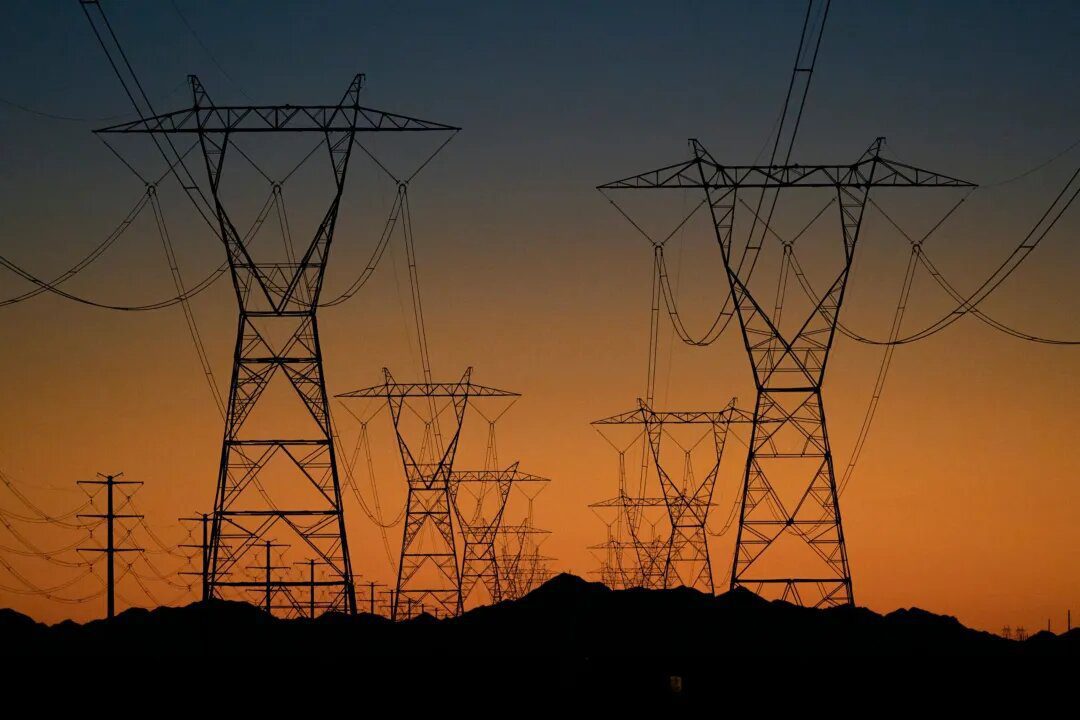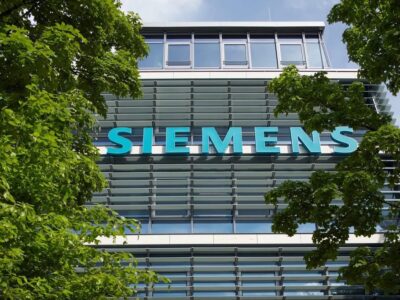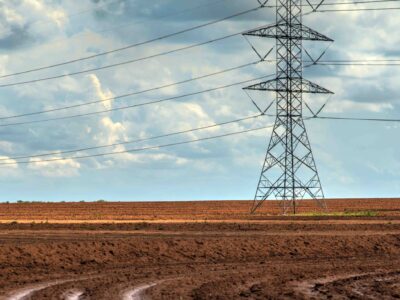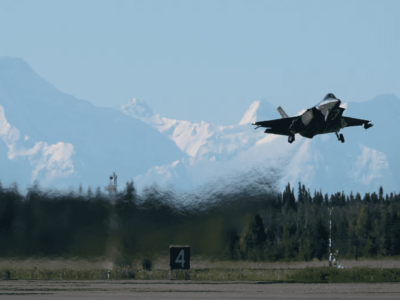(Bloomberg) —
The biggest impediment to the US achieving a cleaner power grid isn’t climate deniers or fossil-fuel lobbies; it’s a lack of transmission lines. The country badly needs more conduits to cart wind and solar energy and hydropower to cities.
For more than a decade, multibillion-dollar power-line projects have struggled to advance, slowed or halted by bureaucracy, NIMBYism or general industry stasis. Now suddenly, several are progressing — and with them the prospect of newly unleashed clean energy as well as more resilient grids in the face of ever-dangerous storms and extreme heatwaves.
There’s SunZia in the Southwest, TransWest Express in the Mountain West, Grain Belt Express to the Midwest, and Champlain Hudson Power Express into New York City — projects that together will cost at least $13 billion. Some are now ordering expensive equipment, a signal of their advancement. SunZia and TransWest expect to begin construction this year.
“All of a sudden things are happening,” says transmission pioneer Michael Skelly.
The US projects come as China is investing in a national network of power lines that by one estimate will take 30 years and cost $300 billion.
There are no assurances that the next generation of power lines won’t run into the same obstacles as the projects that are now blooming. That’s the risk of transmission development: Since even the most successful projects take years to build, there’s ample time for opponents or skeptics to impede them. That threatens to dampen America’s clean-energy swagger after the signing last summer of the Inflation Reduction Act, President Joe Biden’s landmark climate law.
The fact these long-in-the-works projects are reaching similar milestones appears to be coincidence; no single policy is moving them forward. They are, however, advancing at a time of increasing understanding by local communities and even traditional opponents — including some conservation groups — of the need to move clean energy from rural outposts and to build more durable electric systems after a series of weather and climatic events have felled grids in recent years.
“There is no transition without transmission – that’s my new mantra,” says Rob Gramlich, founder of Grid Strategies LLC, a power-sector consulting firm.
For clean-power advocates, there’s more good news. While long-distance power lines are tedious to get permitted and approved, building transmission is now a top priority for the US renewable industries. A dozen years ago, solar was still fledgling in the country, and the sector was most focused on securing long-term tax credits. With the Inflation Reduction Act, it finally has that. (A related benefit for the industries: transmission developers now have confidence that solar or wind projects that may be five years away from operations will actually use their lines, providing some needed revenue assurance).
Some projects that are moving ahead support California or New York, two of the most progressive states, either directly or indirectly. That’s probably not an accident. Both may need some clean power generated from outside of their territories to help meet climate goals.
Pattern Energy’s SunZia project is designed to transport more than three gigawatts of clean power — equivalent to about three nuclear reactors — from New Mexico to Arizona, where it can then flow to the West Coast. “It will unlock resources to places that really need it,” says Cary Kottler, the company’s chief development officer.
The $6 billion Champlain Hudson Power Express, a Blackstone Group-backed project to bring Canadian hydropower to New York City, would be the longest high-voltage direct current, or HVDC, line built underground in the US, according to Don Jessome, who has worked on the development since 2008 and is a member of the CHPE board of directors. HVDC has long tantalized clean energy and grid-reliability advocates — as just 3% of the electricity is lost moving power hundreds of miles versus up to 30% for conventional technology, according to Jessome — but transmission development tends to be decentralized in the US, limiting what the federal government can do.
Jessome says one reason more power lines may be on the way is people are seeing the effects of climate change “much sooner” than they thought. “That helps with the narrative to build transmission,” he says. “It’s going to impact people’s lives not 50 years from now, but 5, 10 years from now.”
(Adds detail about China’s plan in the fifth paragraph.)
To contact the authors of this story:
Brian Eckhouse in Los Angeles at beckhouse@bloomberg.net
Naureen S Malik in New York at nmalik28@bloomberg.net
Dave Merrill in Washington at dmerrill6@bloomberg.net
© 2023 Bloomberg L.P.





